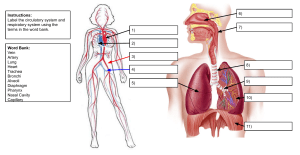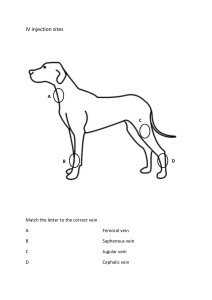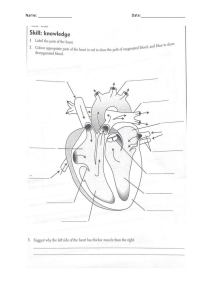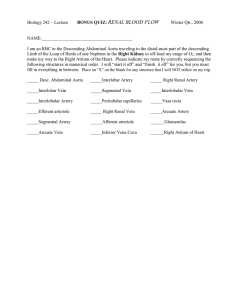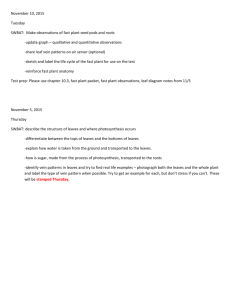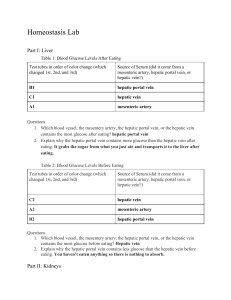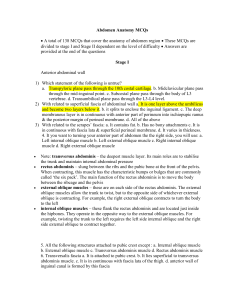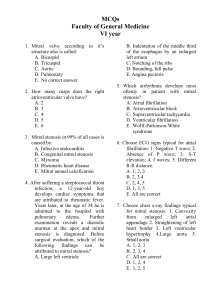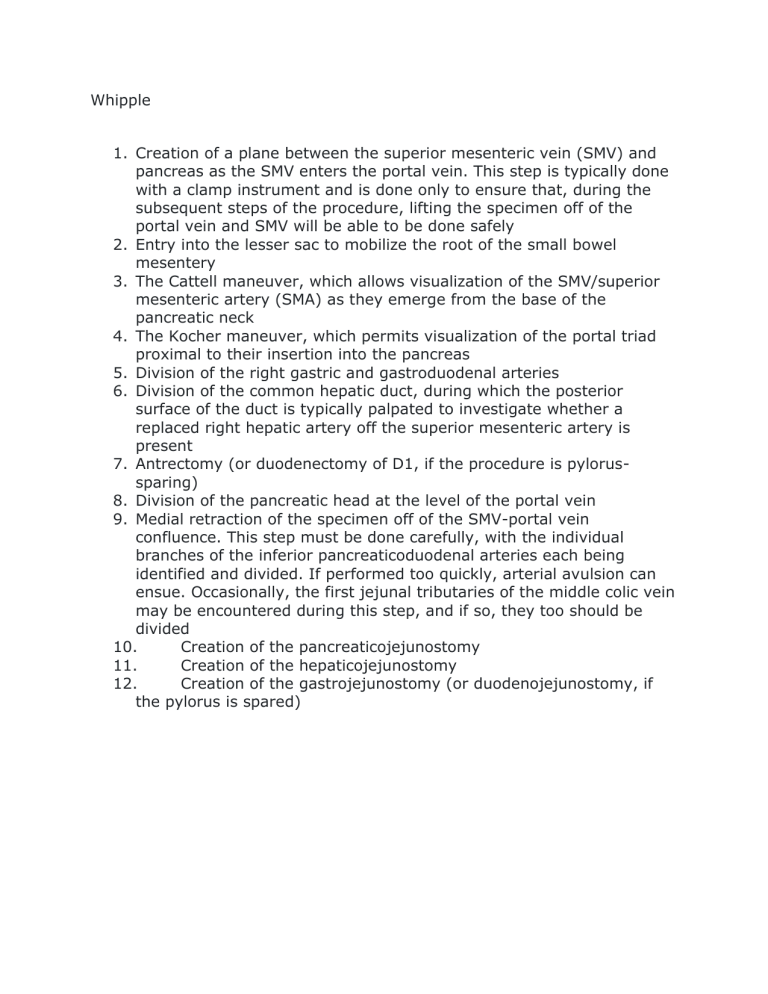
Whipple 1. Creation of a plane between the superior mesenteric vein (SMV) and pancreas as the SMV enters the portal vein. This step is typically done with a clamp instrument and is done only to ensure that, during the subsequent steps of the procedure, lifting the specimen off of the portal vein and SMV will be able to be done safely 2. Entry into the lesser sac to mobilize the root of the small bowel mesentery 3. The Cattell maneuver, which allows visualization of the SMV/superior mesenteric artery (SMA) as they emerge from the base of the pancreatic neck 4. The Kocher maneuver, which permits visualization of the portal triad proximal to their insertion into the pancreas 5. Division of the right gastric and gastroduodenal arteries 6. Division of the common hepatic duct, during which the posterior surface of the duct is typically palpated to investigate whether a replaced right hepatic artery off the superior mesenteric artery is present 7. Antrectomy (or duodenectomy of D1, if the procedure is pylorussparing) 8. Division of the pancreatic head at the level of the portal vein 9. Medial retraction of the specimen off of the SMV-portal vein confluence. This step must be done carefully, with the individual branches of the inferior pancreaticoduodenal arteries each being identified and divided. If performed too quickly, arterial avulsion can ensue. Occasionally, the first jejunal tributaries of the middle colic vein may be encountered during this step, and if so, they too should be divided 10. Creation of the pancreaticojejunostomy 11. Creation of the hepaticojejunostomy 12. Creation of the gastrojejunostomy (or duodenojejunostomy, if the pylorus is spared)

